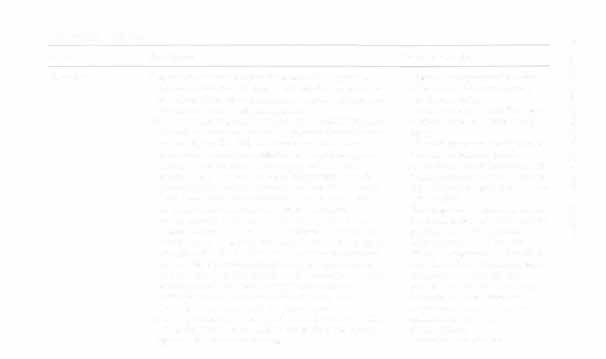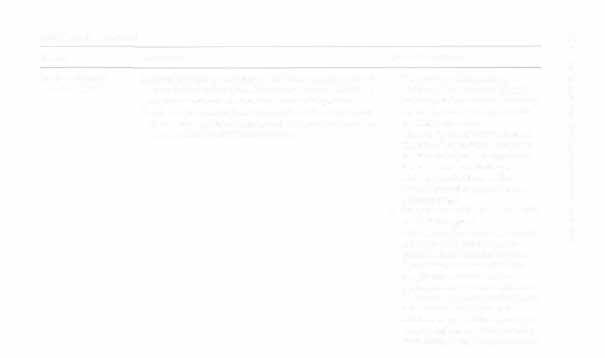i bc27f85be50b71b1 (249 page)
Read i bc27f85be50b71b1 Online
Authors: Unknown


Table UJ-A.6. Medical Management Devices·
>-
"l
m
Device
Description
Clinical Implications
S
x
AntithromboIytic
Purpose: provides intermittent pressure to ehe lower extremi
•
Usually worn when the patient is in
boots (pneumatic
eies to promote venous return and prevent deep vein ehrombed, but can be worn when sitring
so
compression stockbosis secondary to prolonged or postoperative bed rest.
in a chair.
m
o
ings/Venodyne
Consists of: inflatable sleeves, applied to the lower legs,
•
Reapply when patient returns to bed.
§
boots)
which interminenrly inflate and deflate. In some cases, the
•
Discontinued when the parient is
<;"
sleeve is applied to the leg from the ankle to midthigh.
ambuJating on a regular basis.
�
'"
AV graft or AV fistula
Purpose: provides access for hemodialysis.
• Elevate and avoid weight bearing on
Cl
§
Consists of: The graft is an artificial blood vessel, usually
the involved extremity for 24 hrs
....
made of Gore-Tex or Dacron. used to join an artery and
after surgical procedure.
.0
vein when a patient's own vessels are not viable for an AV
s
•
Do nOt use blood pressure cuff on the
i
fistula. The {istula is ehe surgical joining of an artery and
involved extremity.
vein, allowing arrerial blood to flow directly to a vein.
• Avoid pressure over the site.
�
Usually located in the forearm.
•
Palpable ntrbulence is normal in the
2
graft or fisrula, which will have a
J!
m
raised, rope-like appearance.
>-
Central (venous) line
Purpose: provides vascular access for up to 2-4 wks for TPN,
• Do not use a blood pressure cuff on
g
Normal value,
repeated blood sampling, or administration of drugs or fluid.
an extremity with a cenrral line.
m
CVP
\!
= 0-8 mOl Hg
May measure CVP (see Pulmonary artery catheterization in
f;:
Table m-A.4), May be used to place a temporary pacemaker
�
or a vena cava filter or for hemodialysis.
Consists of: a single- or multiple-lumen intravenous line
placed in the subclavian, basilic, jugular, or femoral vein,
terminaeing in the right atrium.
.....
'"
'"

Table ill-A.6. Continued
�
Device
Description
Clinical l mplications
Chest tube
Purpose: removes and prevents the re-entry of air (pneumo�
�
•
Chest rubes may cause discomfort,
thorax) or fluid (hemothorax, pleural effusion, empyema, or
which may inhibit a cough, deep
g
'"
chylorhorax) from the pleural space or mernasrmai space and
breath, or mobility.
'"
provides negative intrapleural pressure.
:t
•
The patient may benefit from pre
)
Consists of: rube(s) placed in the pleural or mediastinal space
medication for pain before treat
Z
"
that exit the chest and are usually connected (0 a drainage
ment.
5
o
system (Figure III-A.IO). The placement of [he tubes is
• The drainage system should be below
'"
determined by indication. Mediasrinal chest tubes, placed
the level of chest rube insenion.
o
'"
to drain the pericardium after surgery, exit the chest
•
Avoid tipping the collection reservoir.
i
directly below the sternum. Apical chest tubes drain air,
The reservoir may be hung &om rhe
�
which typically collects in the apices of the pleural spaces.
side of the bed or raped to the floor to
(?
Fluid tends to collect near the basesj in these cases, tubes
prevent tipping.
r
are placed more inferiorly near the fluid collection.
•
If the reservoir is overturned, return
PostOperatively, rubes often exit the chest through the
the drainage container [Q the upright
!
surgical incision. If chest rubes are placed in a nonsurgical
position and notify the nurse.
�
situation, they are often placed along the midaxillary line at
• If the chest tube itself becomes
the appropriate level. Tubes usually connect to a drainage
dislodged, StOp activiry and notify the
system with three compartments: the drainage coUection
nurse immediately. If possible, place
chamber, the water seal chamber with a one-way valve that
the patient in an upright sitting
prevents air or fluid from re-entering the drainage
position, and monitor the patient'S
collection chamber, and the suction chamber, which
breath sounds, viral signs, and
decreases excess pressure in the pleural space.
respiratOry rate and pattern for
Tubes may be connected ro a small one-way valve (Heimlich
possible signs of tension
valve) that allows air or fluid to escape from the pleural
pneumothorax.
space while preventing re-entry.
•
Prevent kinks in the line.


>
•
The presence of a chest tube should
:;
m
nor, in and of itself, limit activity.
Z
"
Position changes and mobility can
X
facilitate drainage.
:>
•
Ask the nurse or doctor whether the
;:
chest rube may be temporarily
8
disconnected from suction during
�
mobiury activities. If the suction must
';"
�
remain connected, additional lengths
c:
"
of tubing may be added, or a portable
"
suction device may be used during
� r
mobility activities.
B
c:
•
The occlusive dressing, usually a
petrolatum gauze dressing to prevent
�
the influx of air, should remain imact.
§
Do not apply pressure over the
z
insertion site.
J!
m
Esophagogastric
Purpose: to compress hemorrhaging esophageal varices.
•
Patiems with this device are typical1y
>
tamponade rube
The tube, which is passed by moU[h through the esophagus
very ilJ and unable to participate in
(Blakemore tube,
into the stomach, has a proximal (esophageal) cuff, which
mobility activities.
�
Sengstakencompresses esophageal varices, and a distal (gastric) cuff,
�
Blakemore tube,
which compresses gastric varices. Channels allow
�
Minnesota tube)
aspiration of gastric contents. The balloons typically
�
remain in place for up to 24-72 hrs, as longer duration
Z
may cause tissue necrosis or ulceration.
Cl
�

Table IU-A.6. COl/til/tied
"
'"
00
Device
Description
Clinical Implications
g
Lumbar drainage
Purpose: continuous drainage of CSF from the subarachnoid
• The position of the pacicot, the
."
device (LDD)
space in the lumbar spine. For the treatment of CSF leaks
position of the transducer (if any),
�
'"
or shunt infections or to reduce intracranial pressure.
and the position of the collection bag
."
Consists of: a spinal catheter inserted in L4-5 subarachnoid
3rc determined by the rationale for
:t
>
Z
space, advanced ro an appropriate level, and connected to
the LDD intervention.
"
3 sterile closed CSF collection system.
•
Changes in me patient's position, in
1')
o
the level of the collection bag, or in
"
the intrathecal pressure impact the
o
'"
amount and fate of drainage.
�
:t
•
Note any restrictions in the
-<
�
medical record or posted in the
�
patient'S room.
r
• Patienrs are usually on bed rest whiJe